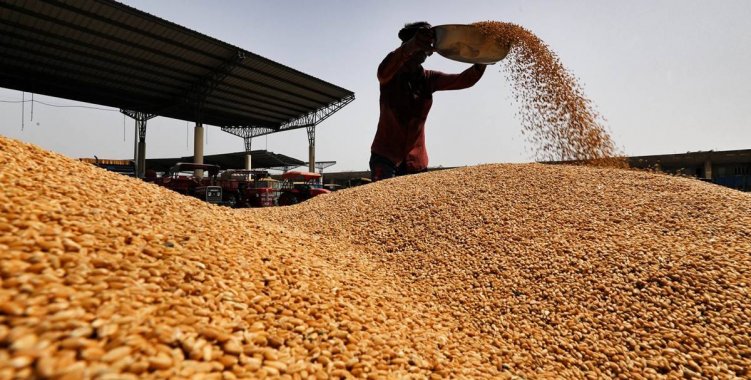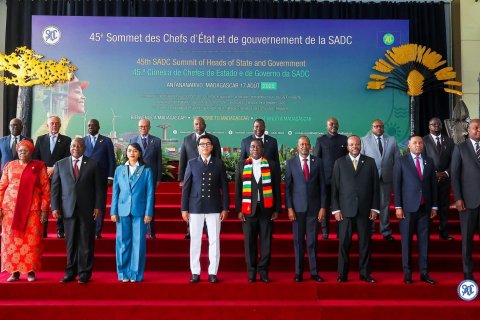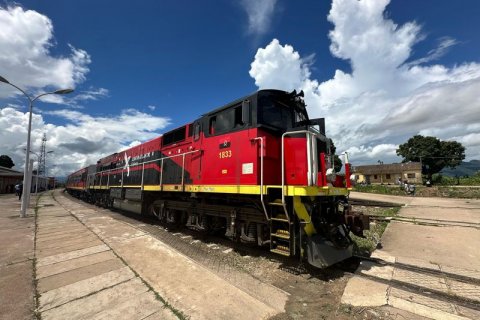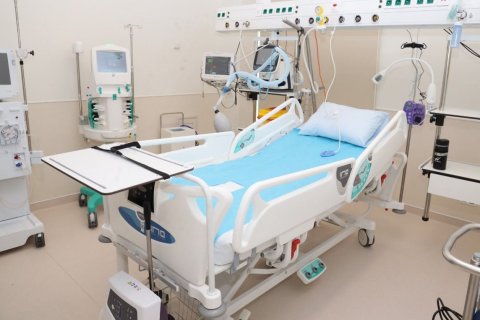Manuel Dias was a speaker on the panel "The Challenge of Self-sufficiency", presenting the theme "Planagrão and Planapecuária", at the 1st National Forum of Industry and Commerce, under the motto "Challenges of Food Self-sufficiency", organized by the Ministry of Commerce and Industry .
According to Manuel Dias, current total production of wheat, rice and barley reaches 30,000 tons, with imports being higher, representing a "huge deficit" for the country.
"Whether wheat, rice or barley, the deficit is around 80 percent, that is, what we produce is not enough, 10 thousand tons is nothing", he stressed.
The official stressed that given this situation, the Government thought of large-scale production, with greater productivity, with greater professionalism.
"The needs are immense, we have challenges, we have shocks from the pandemic, climate, and we need to move forward as quickly as possible", stressed the official, indicating that 80 percent of the flour used for bread production is imported.
In turn, the moderator of the debate, Fernando Pacheco considered that what is foreseen in the Planagrão 2023-2027 for wheat "is unfeasible".
"There is no chance of us reaching this goal, because we don't have enough experience in wheat production, which allows us to reach this goal. Brazil, which is much more advanced than us - there is no comparison -, is only now beginning to have results in wheat production, in order to put an end to imports in the coming years", said the agronomist.
"We would hardly be able to do that and my opinion: both the technical and financial effort to be made in wheat should be given to the production of corn and rice", opined Fernando Pacheco.
According to Planagrão, corn production between 2017 and 2021 will have increased by 25 percent, while rice had a production of 8 thousand tons in 2017, being slightly below this value in 2021.
In his presentation, Manuel Dias highlighted that the import of maize, in the last four years, registered a reduction rate of 25 percent, on the other hand, rice, wheat and soya saw an increase.
In 2021, Angola spent around US$73 million on corn, US$263 million on rice imports, US$305 million on wheat and US$149 million on soybeans.
Manuel Dias also informed that the corn deficit, in the 2020/2021 agricultural season, stood at 16 percent, rice 89 percent, wheat 81 percent and soybeans 84 percent.
Regarding the 2023-2027 Planapecuária, Angola has a cattle herd of around three million, six million for goats, two million pigs and three million poultry.
In 2022, the executive approved the National Plan for the Promotion of Grain Production in Angola (Planagrão) for a significant increase in rice, wheat, soy and corn production, especially in the eastern provinces of the country, providing for resources estimated at more than US$3 billion .
The National Livestock Promotion Plan (Planapecuária) was also recently approved, which aims to increase national production of beef, goats, pork and the production of eggs and milk, in the amount of around US$300 million.







